Spatial Light Modulators
The spatial light modulators developed at Fraunhofer IPMS consist of arrays of micromirrors on semiconductor chips, with the number of mirrors varying from a few hundred to several million depending on the application. In most cases, this requires a highly integrated application-specific integrated circuit (ASIC) as the basis for the device architecture to enable individual analog deflection of each micromirror. In addition, Fraunhofer IPMS develops the electronics and software for controlling the mirror array. Depending on the application, the individual mirrors can be tilted or vertically deflected, creating a surface pattern to, for example, project defined structures.
High-resolution tilting mirror arrays with up to 2.2 million individual mirrors are used by our customers as highly dynamic programmable masks for optical microlithography in the ultraviolet spectral range. The mirror dimensions are 4 μm or larger. By tilting the micromirrors, structural information is transferred to a high-resolution photoresist at a high frame rate. Other areas of application include semiconductor inspection and metrology, as well as future fields such as quantum computing, marking, and materials processing.
Piston mirror arrays, for example, can be used for wavefront control in adaptive optical systems. These systems can correct wavefront distortions across wide spectral ranges, thereby improving image quality. Compared to alternative liquid crystal-based technologies, micromirrors allow significantly higher modulation frequencies. The capabilities of these components are of particular interest in the fields of holography, astronomy, and microscopy, as well as in spatial and temporal laser beam and pulse shaping.
 Fraunhofer Institute for Photonic Microsystems
Fraunhofer Institute for Photonic Microsystems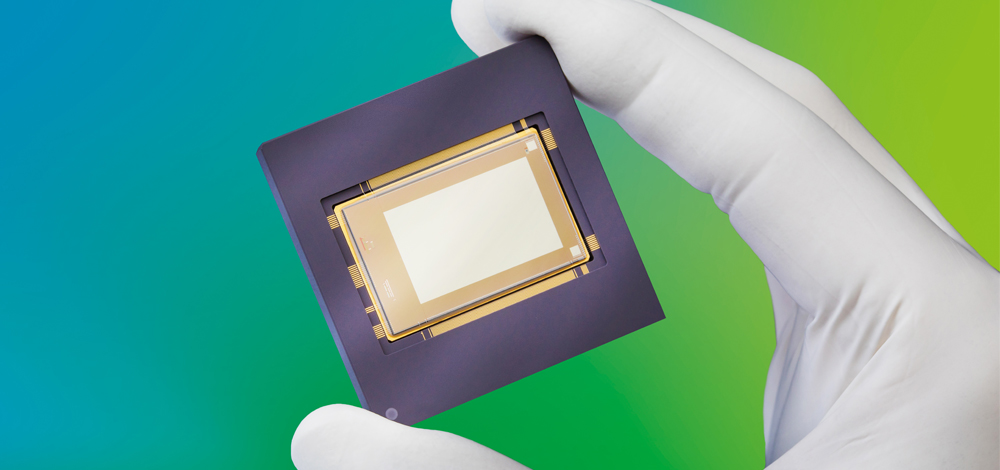
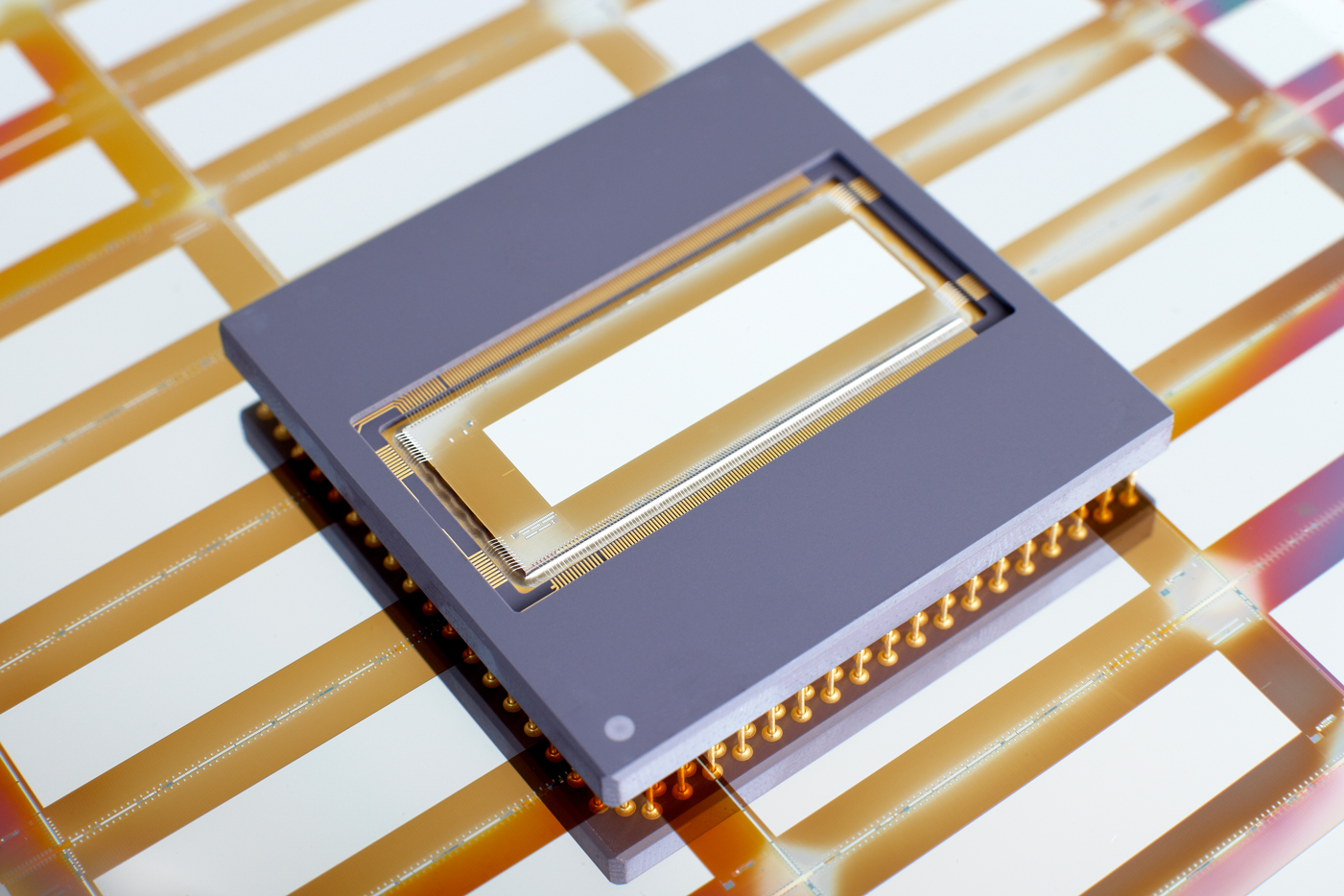
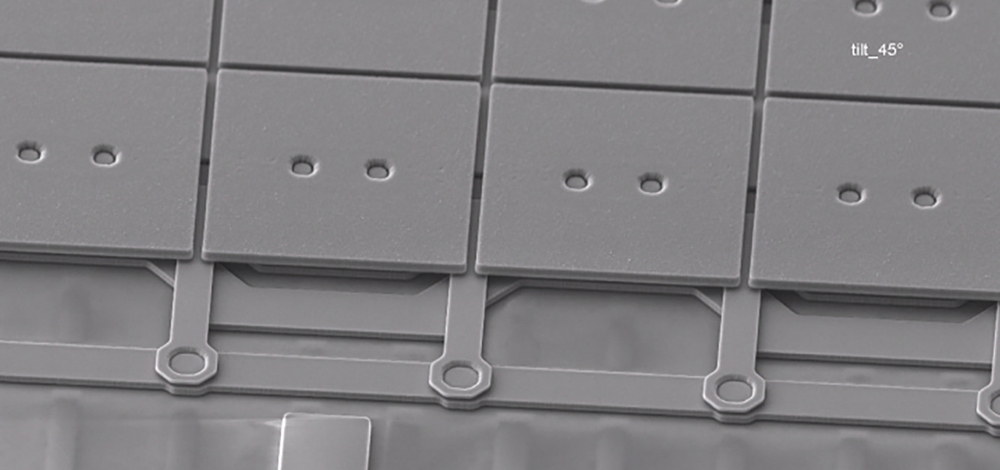
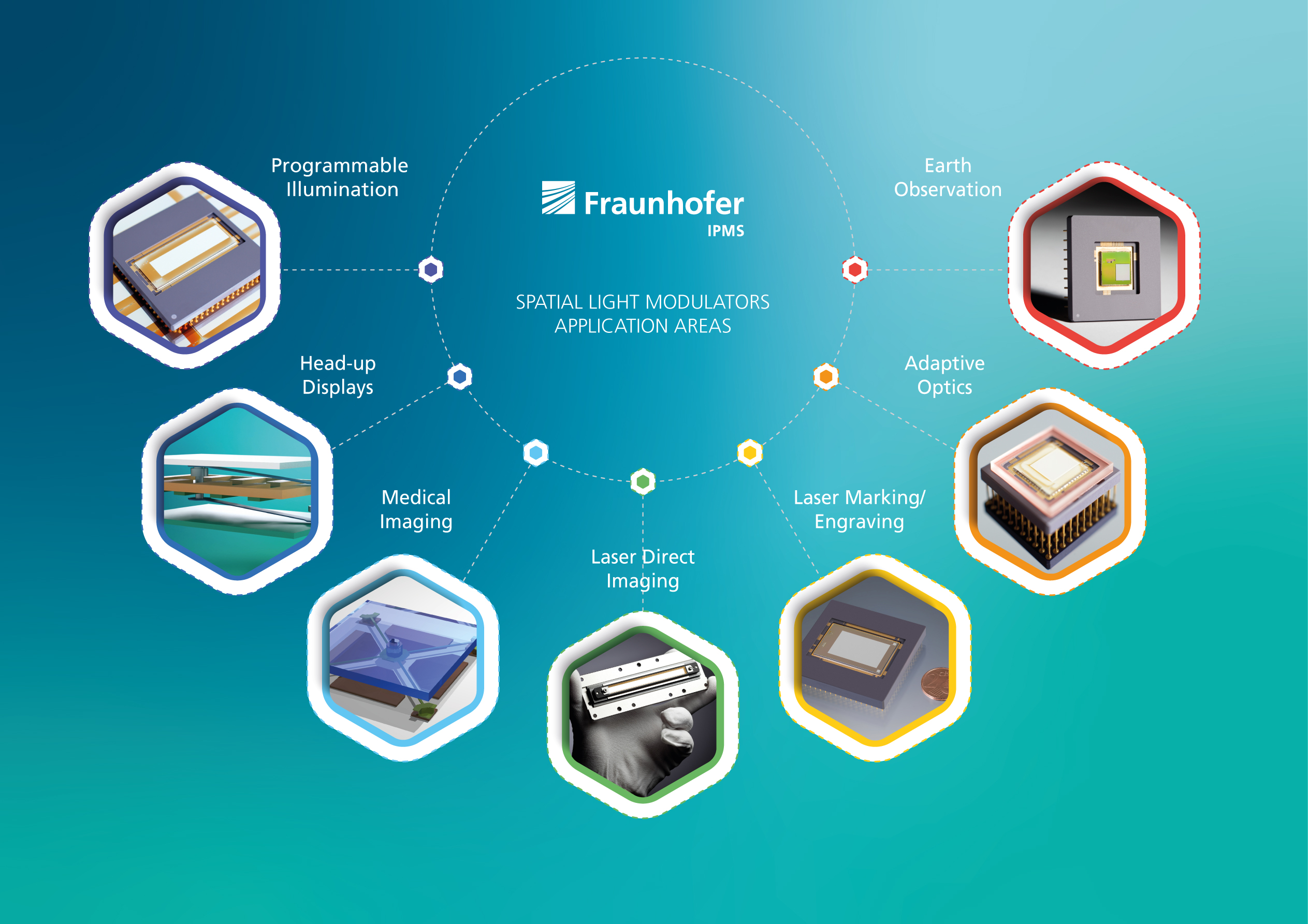
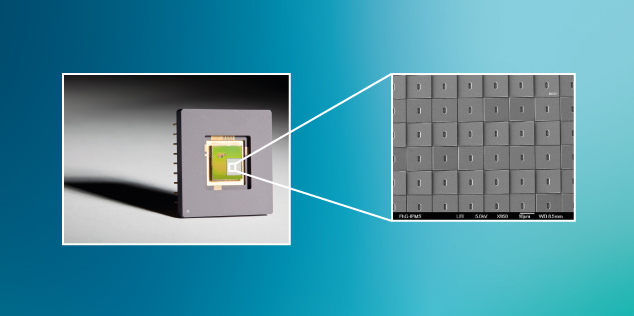
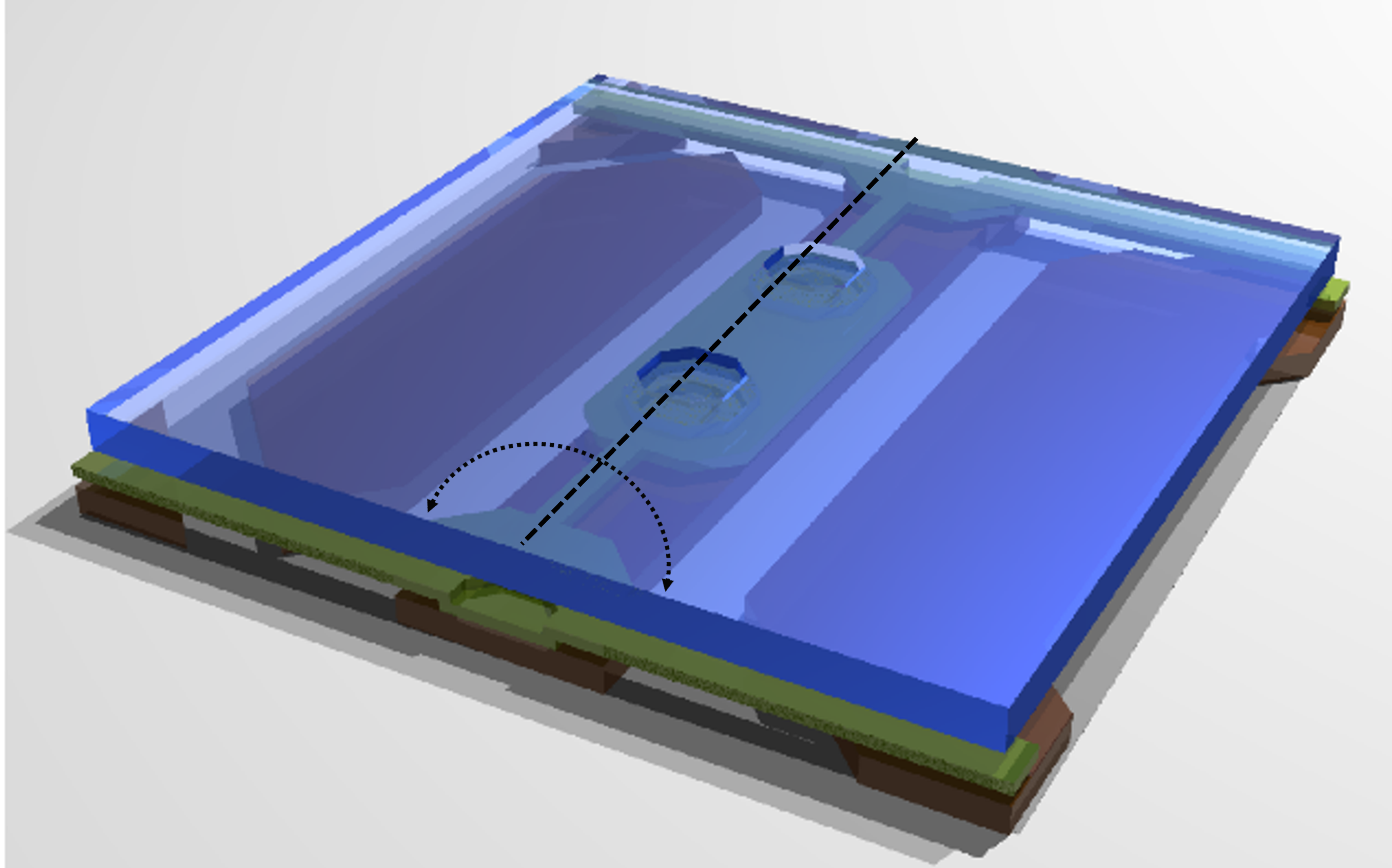
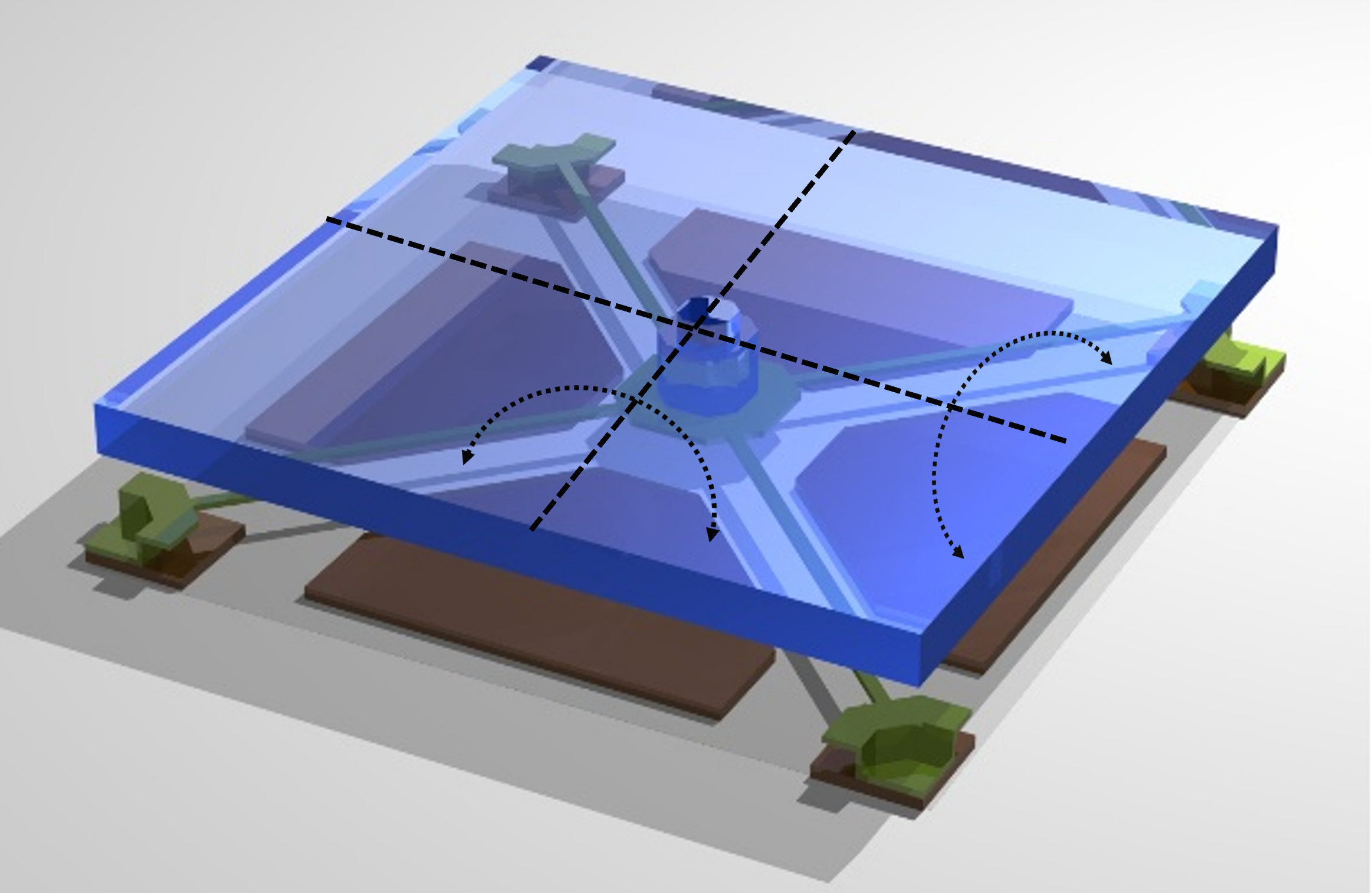
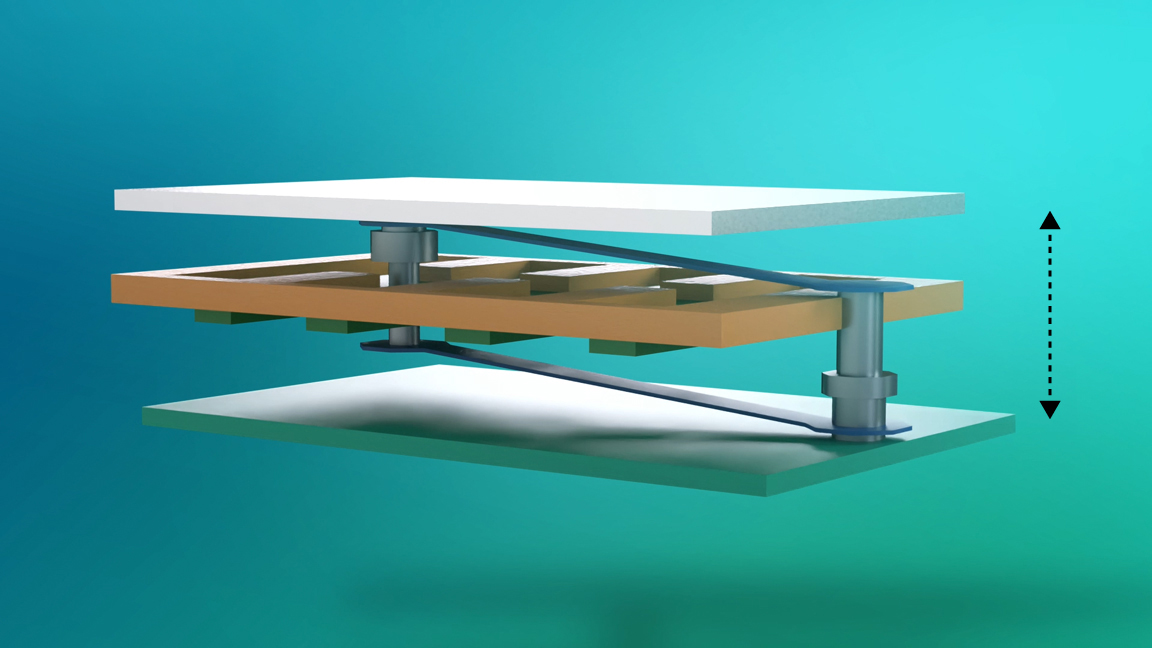

.pdf)


